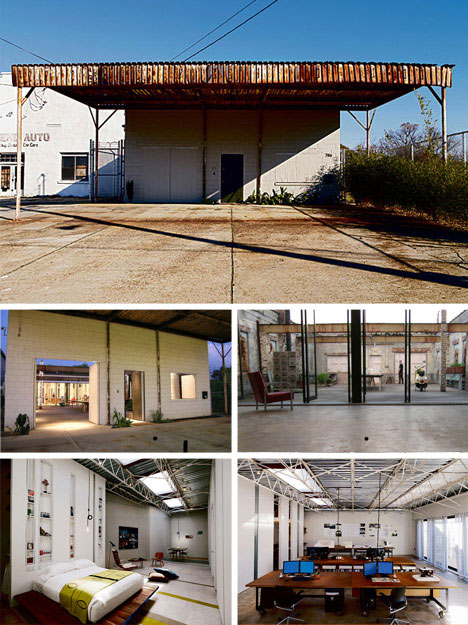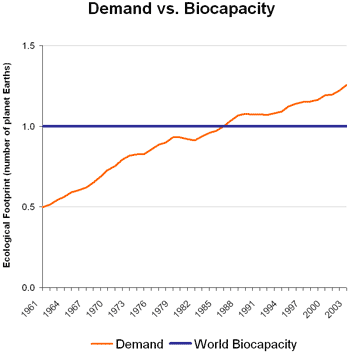The Congress for the New Urbanism (CNU) is the leading organization promoting walkable, neighborhood-based development as an alternative to sprawl. CNU takes a proactive, multi-disciplinary approach to restoring our communities. Members are the life of the organization – they are the planners, developers, architects, engineers, public officials, investors, and community activists who create and influence our built environment, transforming growth patterns from the inside out. Whether it's bringing restorative plans to hurricane-battered communities in the Gulf Coast, turning dying malls into vibrant mixed-use neighborhoods, or reconnecting isolated public housing projects to the surrounding fabric, new urbanists are providing leadership in community building.
Our relationship with our members allows us to do more than just talk about the problems of the built environment. Together, we are creating tools that make it easier to put New Urbanism into practice around the world.
 In March, CNU's John Norquist testified before Congress earning a cooperative response from Obama administration officials:
In March, CNU's John Norquist testified before Congress earning a cooperative response from Obama administration officials:
"...bringing a message about how federal investments in integrated networks of walkable streets and public transportation will strengthen communities, bolster regional economies and dramatically reduce carbon emissions and other environmental impacts. “For thousands of years, urban thoroughfares were used for commerce, movement, and social interaction,“ says Norquist. “Only in the 20th century did engineers start to think that traffic should be segregated from other activities. Increasingly though, Americans are turning away from the isolation of automobile-dependent areas and choosing to live in neighborhoods with traditional walkable street networks. Federal policies should reflect the choices people are making. The time for grade-separated highways as the centerpiece of federal transportation policy has come and gone.“
Two key Obama Administration officials sounded similar themes in a remarkable joint appearance before the same subcommittee yesterday: Transportation Secretary Ray LaHood and Secretary Shaun Donovan of the Department of Housing and Urban Development. The two cabinet officials used the joint appearance to announce a Sustainable Communities partnership “to help American families gain better access to affordable housing, more transportation options, and lower transportation costs.“ Although CNU and other reform organizations are eager to work with both agencies to put meat on the bones of these aspirations, the plans coming from both departments are highly promising. The NRDC's Kaid Benfield provides highlights of what's planned under this partnership in a posting at CNU's group blog:
- Enhance integrated regional housing, transportation, and land use planning and investment. “The task force will set a goal to have every major metropolitan area in the country conduct integrated housing, transportation, and land use planning and investment in the next four years.”
- Develop federal housing affordability measures that include transportation costs and other costs that affect location choices.
- Ensure that the costs of living in certain geographic areas are transparent - using an online tool that calculates the combined housing and transportation costs families face when choosing a new home.
- Research, evaluate and recommend measures that indicate the livability of communities, neighborhoods and metropolitan areas.
“One of my highest priorities is to help promote more livable communities through sustainable surface transportation programs,” concluded Secretary LaHood yesterday.










